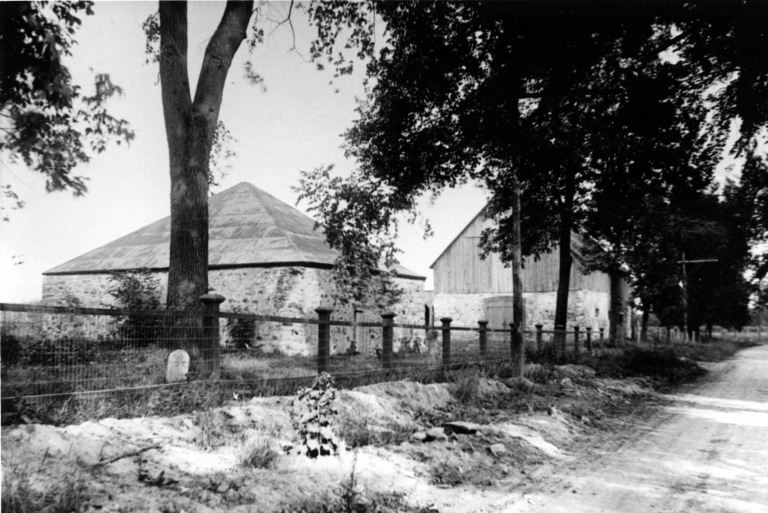Starting in 1776, Captain William Twiss of the Royal Engineers introduced a river transport service, with one of the stops located in Baie de Quenneville, at 75e Avenue and Boulevard LaSalle. In the beginning, the Royal Military Post rented the land and buildings from the owner; Captain Twiss opted to maintain an option to purchase all of the land holdings.
Around 1780-1790, three small buildings were used as a military post. At the very end of the 18th century, 13 buildings and, in particular, a commissary and lodgings for the troops, confirmed the military function of the area. In 1812, the Royal Military Post became one of the places where the British Army disembarked. It accommodated five officers and 250 soldiers.
A popular stopover
However, the facilities lodged several thousand Loyalists and other immigrants, and Scottish ones in particular, coming from the port of Québec City and stopping over in Lachine before heading to Prescott by boat or more to the west, in the British colonies. From 1815 to 1825, other buildings were constructed and, in particular, a two-storey commissary with a kitchen, bedrooms and offices as well as stores, warehouses and other lodgings for the men. What a lot of activity there until 1825, when the Lachine Canal began operations and there was no longer any need to stop upstream from the rapids, as they could be bypassed, using the canal.
Around 1830, the properties of Her Majesty at the Military Post were auctioned off and Charles Penner became the owner of these lands. The Penner family settled on the site for several decades in order to grow apples that would supply his cider mill—one of the most productive in all of Lower Canada. Construction of the new entrance to the aqueduct would end this production by the Penners. Of all the Royal Military Post buildings, the gunpowder storage area became the only vestige of that era, before being demolished in 1967.

